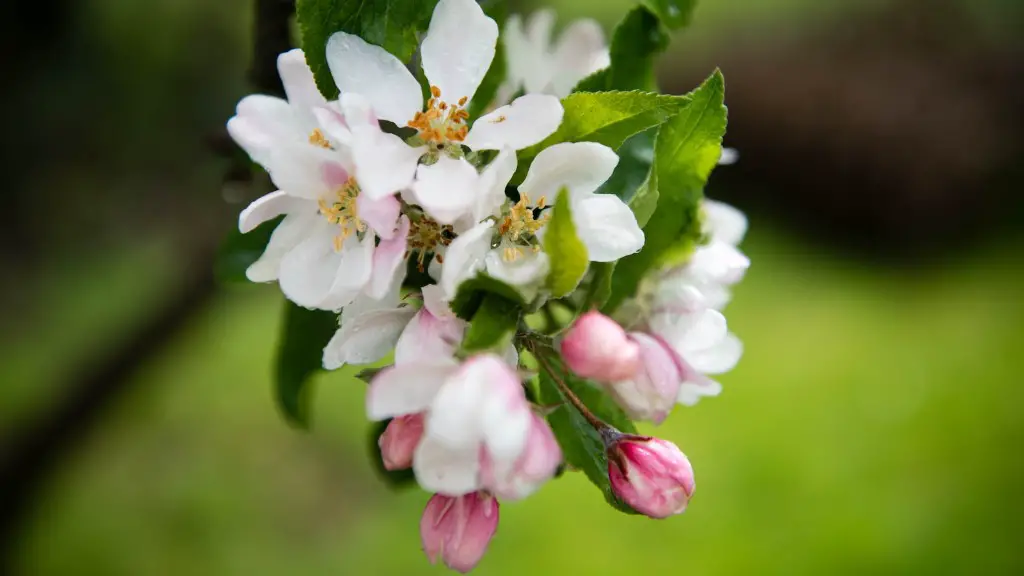Soil selection
Avocados require soils that are deep,light,well-drained,well-aerated and moist.California soils are often very clay-like,which is not ideal.When planting an avocado tree in California,it is critical to select a soil that is rich,loamy,and slightly acidic with a pH between 6-7.In order to achieve the desired soil conditions,it is suggested to mix organic matter such as compost into the soil to improve its fertility and drainage.Green manure,a cover crop of nitrogen-fixing plants,can also be grown and mixed into the soil.
Sunlight Requirements
Avocado trees thrive in full sun but can tolerate some partial shade.In California,they should be planted in the warmest and sunniest part of the garden for optimal growth.Avoid planting in sites that are too cold or shaded,as this will cause the tree to produce fewer fruits.
Watering
Avocado trees need adequate water but cannot tolerate waterlogged soil.During the first 6 months,the tree should be watered only when the soil is dry,with a deep watering every week or two during the growth season.Once the tree is established,it will need weekly watering during the dry season.The amount of water that the tree will need will depend on the type of soil,so it is important to check the moisture level in the soil after each irrigation.
Climate Requirements
Avocado trees typically need temperatures between 25-32°C for healthy growth.In California,the climate is suitable for growing avocado trees,as the temperature rarely goes below 15°C and remains relatively mild during the winter.It is important to ensure that the tree is protected from cold snaps to ensure its growth.
Pruning
Pruning is essential for keeping avocado trees healthy and productive.It is important to prune the tree in its early stages of growth to encourage the tree to develop a strong and open structure.In order to promote good air circulation and prevent overcrowding,the canopy should be thinned out regularly,as this will reduce the risk of disease.Rejuvenation pruning should also be done on trees that are more than 5 years old,as this will remove old,unproductive branches and stimulate new growth.
Fertilizing
Avocado trees require regular fertilization for optimal growth and fruit production.It is recommended to use a balanced fertilizer with a mixture of macronutrients such as nitrogen,phosphorus and potassium as well as micronutrients like calcium,magnesium and sulfur.
Pest Management
Avocado trees can be prone to pests such as mealybugs,scale and mites.It is important to regularly check for signs of pests and quickly take action to prevent the pests from spreading.The use of insecticidal soap,horticultural oil,or neem oil is often recommended for organic pest control.Using beneficial insects such as lacewings and ladybugs can also be an effective way of controlling pest populations.
Harvesting
Avocado trees typically begin producing fruit two to four years after planting.It is important to wait until the avocados are full mature before harvesting,which usually takes around 6 months from flowering.When ripe,the avocados should be harvested carefully by hand to avoid damaging the fruit.
Mulching
Mulching is an important part of caring for avocado trees in California.Adding a layer of organic material such as straw,hay or shredded bark around the base of the tree will help to retain moisture in the soil and suppress weeds.
Preventing Frost Damage
Avocado trees are sensitive to frost and can be damaged if temperatures dip below 10°C.In order to protect the tree from frost damage,it is important to wrap the tree in frost cloth,hempize,or burlap when temperatures drop,and to provide some shelter in the form of a windbreak.
Irrigation Strategies
The amount and frequency of irrigation for avocado trees vary depending on the tree’s age,soil type,and climate.It is important to monitor the soil moisture and adjust the irrigation schedule accordingly.One of the best ways to conserve water and reduce the risk of disease is to use a drip irrigation system for young trees and a low volume sub-irrigation system for mature trees.
Soil pH Level
Avocado trees prefer soils with a pH level between 6-7.In order to keep the soil pH level within this range it is important to periodically monitor the soil with a soil testing kit and apply amendments such as sulfur or lime as needed.
Nutrient Deficiencies
Avocado trees may suffer from nutrient deficiencies,which can lead to reduced fruit production.The most common nutrient deficiencies include nitrogen,zinc,iron and manganese.It is important to periodically check the leaves for signs of nutrient deficiencies and provide supplemental fertilizers if needed.

